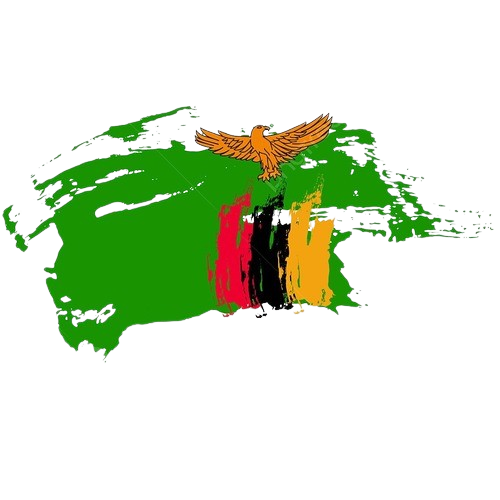Python Program For Sorting A Linked List Of 0s, 1s And 2s

Given a linked list of 0s, 1s and 2s, sort it.
Examples:
Input: 1 -> 1 -> 2 -> 0 -> 2 -> 0 -> 1 -> NULL Output: 0 -> 0 -> 1 -> 1 -> 1 -> 2 -> 2 -> NULL Input: 1 -> 1 -> 2 -> 1 -> 0 -> NULL Output: 0 -> 1 -> 1 -> 1 -> 2 -> NULL
Source: Microsoft Interview | Set 1
Following steps can be used to sort the given linked list.
- Traverse the list and count the number of 0s, 1s, and 2s. Let the counts be n1, n2, and n3 respectively.
- Traverse the list again, fill the first n1 nodes with 0, then n2 nodes with 1, and finally n3 nodes with 2.
Below image is a dry run of the above approach:
Below is the implementation of the above approach:
Python
# Python program to sort a linked list # of 0, 1 and 2 class LinkedList(object): def __init__(self): # Head of list self.head = None # Linked list Node class Node(object): def __init__(self, d): self.data = d self.next = None def sortList(self): # Initialise count of 0 1 # and 2 as 0 count = [0, 0, 0] ptr = self.head # Count total number of '0', '1' # and '2' # count[0] will store total number # of '0's # count[1] will store total number # of '1's # count[2] will store total number # of '2's while ptr != None: count[ptr.data] += 1 ptr = ptr.next i = 0 ptr = self.head # Let say count[0] = n1, count[1] = n2 # and count[2] = n3 # now start traversing list from head node, # 1) fill the list with 0, till n1 > 0 # 2) fill the list with 1, till n2 > 0 # 3) fill the list with 2, till n3 > 0 while ptr != None: if count[i] == 0: i+=1 else: ptr.data = i count[i] -= 1 ptr = ptr.next # Utility functions # Inserts a new Node at front of # the list. def push(self, new_data): # 1 & 2: Allocate the Node & # Put in the data new_node = self.Node(new_data) # 3. Make next of new Node as head new_node.next = self.head # 4. Move the head to point to new Node self.head = new_node # Function to print linked list def printList(self): temp = self.head while temp != None: print str(temp.data), temp = temp.next print '' # Driver code llist = LinkedList() llist.push(0) llist.push(1) llist.push(0) llist.push(2) llist.push(1) llist.push(1) llist.push(2) llist.push(1) llist.push(2) print "Linked List before sorting"llist.printList() llist.sortList() print "Linked List after sorting"llist.printList() # This code is contributed by BHAVYA JAIN |
Output:
Linked List Before Sorting 2 1 2 1 1 2 0 1 0 Linked List After Sorting 0 0 1 1 1 1 2 2 2
Time Complexity: O(n) where n is the number of nodes in the linked list.
Auxiliary Space: O(1)
Please refer complete article on Sort a linked list of 0s, 1s and 2s for more details!
Feeling lost in the world of random DSA topics, wasting time without progress? It’s time for a change! Join our DSA course, where we’ll guide you on an exciting journey to master DSA efficiently and on schedule.
Ready to dive in? Explore our Free Demo Content and join our DSA course, trusted by over 100,000 zambiatek!
Ready to dive in? Explore our Free Demo Content and join our DSA course, trusted by over 100,000 zambiatek!






